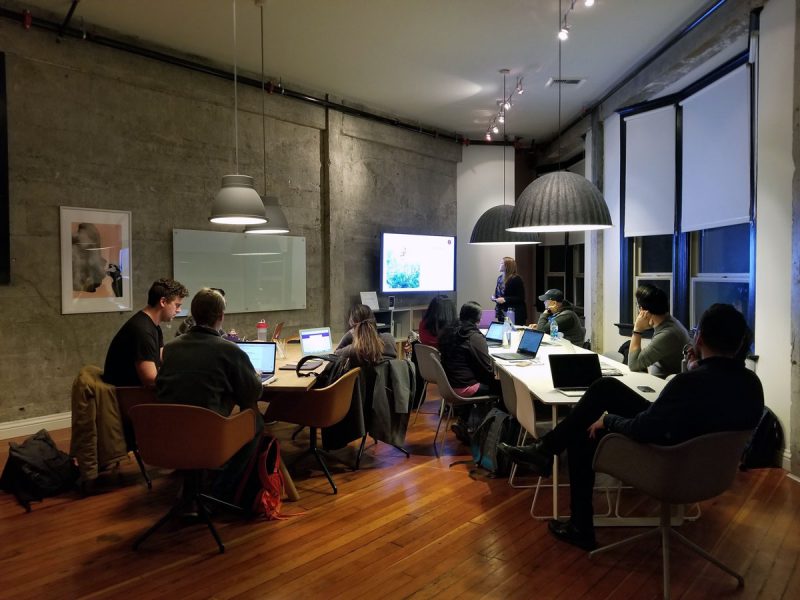If your home was on fire, would you want firefighters to attempt to douse the flames with an old manual bucket line? Of course not. You would want them to use the most modern, effective equipment available.
So why are you asking your supply planners to fight the fires of supply disruption with the manual methods and spreadsheets of yesteryear?
Your business is on fire
 Today’s hyper-connected, consumer-driven marketplace moves relentlessly fast, and customers expect flawless execution. Any short-term supply disruption can quickly morph into a major service hindrance. Deliveries are delayed. Sales are lost. Customers are unhappy. And your brand is damaged. Suddenly, your business is on fire.
Today’s hyper-connected, consumer-driven marketplace moves relentlessly fast, and customers expect flawless execution. Any short-term supply disruption can quickly morph into a major service hindrance. Deliveries are delayed. Sales are lost. Customers are unhappy. And your brand is damaged. Suddenly, your business is on fire.
Yet, most companies still don’t see these supply chain fires coming. By the time they do, they are already behind the eight ball and must scramble to attempt some sort of rapid response, often fighting these supply disruption fires with spreadsheets or other insufficient tools. What’s worse, supply planners seldom have visibility to the cause and effect of disruptions across complex supply networks, nor are they able to effectively collaborate with suppliers and carriers on effective resolutions.
As a result, supply planners spend an average of 70% of their time on fire-fighting disruptions. A misuse of their time and talent, especially when you consider that most companies say their planners should be spending 75% of their time on strategic supply planning.
A new standard
What if instead of trying to respond quickly when disruption comes in, planners could predict probable disruptions ahead of time and adjust to avoid them? What if your planning systems could sense potential disruptions in real-time and both notify planners and, if appropriate, autonomously respond with prescribed resolutions? What if when your planners arrived for their shifts, the planning system provided an intuitive, prioritized list of potential disruptions based on cost and service impacts, along with recommendations for the most optimal resolutions? And what if planners could then collaborate online with partners and simulate resolution outcomes? Potential disruptions would be resolved before they could impact the business reducing costs, service delays and customer issues.
All of this is possible today
 It starts with the ability to absorb hundreds of pieces of data from across complex supply networks using IoT sensors as well as data from social media, news, events and weather (SNEW). Machine learning (ML) and AI-based analytics evaluate the data, compare it to past disruptions and responses, prioritize the impacts and enact or recommend resolutions. Planners can see and approve the next steps, simulate the impact of various resolution options, collaborate with suppliers across the network, and make rapid, well-informed decisions. Optimal resolutions are arrived at faster—often autonomously—freeing planners for strategic planning work.
It starts with the ability to absorb hundreds of pieces of data from across complex supply networks using IoT sensors as well as data from social media, news, events and weather (SNEW). Machine learning (ML) and AI-based analytics evaluate the data, compare it to past disruptions and responses, prioritize the impacts and enact or recommend resolutions. Planners can see and approve the next steps, simulate the impact of various resolution options, collaborate with suppliers across the network, and make rapid, well-informed decisions. Optimal resolutions are arrived at faster—often autonomously—freeing planners for strategic planning work.
Douse the flames quickly
Don’t fight the fires of supply disruptions with the old manual bucket line approach and risk service delays, upset customers, lost sales and damage to your brand. Instead, call (833) JDA-4ROI to talk to JDA about their new Luminate™ Supply Resolution software. You’ll douse the flames faster and minimize delays, cost impact, hits to customer loyalty, and negative brand exposure. It’s the new standard in predictive supply disruption resolution.

